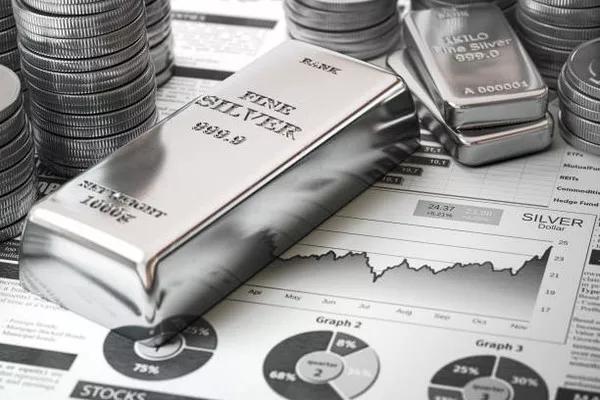Silver ore, a vital source of this precious metal, has captivated civilizations for centuries with its allure and utility. Let’s delve into the realm of silver ore, exploring its definition, geological formation, global distribution, major producing countries, mining techniques, economic impact, environmental considerations, and future prospects.
Definition of Silver Ore
Silver ore refers to naturally occurring rocks or minerals that contain a concentrated amount of silver. This raw material typically exists in combination with other minerals, requiring extraction processes to isolate the silver for commercial use.
Characteristics of Silver Ore
Silver ore exhibits diverse characteristics based on its geological origin. It commonly occurs with various silver-bearing minerals, including argentite (silver sulfide), chlorargyrite (silver chloride), and other compounds. These minerals often form distinct crystal structures and exhibit different physical properties.
Geological Formation
The formation of silver deposits involves complex geological processes. Silver commonly originates from hydrothermal fluids that percolate through cracks in the Earth’s crust, depositing silver minerals in veins and fractures. Additionally, magmatic processes can concentrate silver in specific rock types, leading to the formation of silver-bearing ores like porphyry deposits.
Types of Silver Ore Deposits
Silver ore deposits are categorized into various types based on their geological setting. Epithermal veins, characterized by hot fluids near the Earth’s surface, host many of the world’s high-grade silver deposits. Porphyry deposits, associated with large igneous intrusions, also contain significant silver concentrations.
Global Distribution
The world’s silver deposits are distributed across diverse geological regions. Major silver mines are concentrated in specific countries and regions. Historically, significant finds include the Potosí mines in Bolivia and the Comstock Lode in Nevada, USA. Today, prominent silver-producing regions include Mexico, Peru, China, Australia, and other countries with substantial mineral wealth.
Major Silver-Producing Countries
Mexico, Peru, China, and Australia stand out as leaders in silver mining. These countries boast rich historical legacies in silver production and continue to play pivotal roles in the global silver market. Mexico, for instance, has a storied history of silver mining dating back to colonial times, while Peru’s vast mineral resources contribute significantly to its economy.
Mining Techniques
The evolution of silver mining techniques reflects advancements in technology and industrial practices. Early methods, such as manual extraction using picks and shovels, have given way to sophisticated techniques involving mechanization, drilling, and blasting. Modern silver mining employs state-of-the-art equipment and processes, enabling efficient extraction while minimizing environmental impact.
Economic Impact
Silver mining has substantial economic significance for producing countries. It contributes to national GDPs, generates employment opportunities, and drives infrastructure development in mining regions. The industry’s economic impact extends beyond mining operations, fostering downstream industries and supporting local communities.
Environmental Considerations
Balancing silver extraction with environmental stewardship presents significant challenges. Mining activities can impact ecosystems, water resources, and air quality. However, innovative approaches, such as sustainable mining practices, reclamation efforts, and technology-driven solutions, aim to mitigate these environmental impacts.
Future Prospects
The future of silver mining holds promise with potential new discoveries and technological advancements. Remote sensing, artificial intelligence, and automation are revolutionizing exploration and extraction processes. Moreover, sustainable mining practices and stringent environmental regulations are shaping the industry’s trajectory toward a more responsible and efficient future.
See also A Comprehensive Guide to Buying Silver in Australia
Conclusion
The quest for silver ore epitomizes our exploration of Earth’s resources and our responsibility toward sustainable development. Understanding where silver is found unlocks not only economic opportunities but also underscores the imperative of environmental stewardship. As we advance in our knowledge and technologies, we pave the way for a future that values both the Earth and the enduring significance of silver in human progress.


